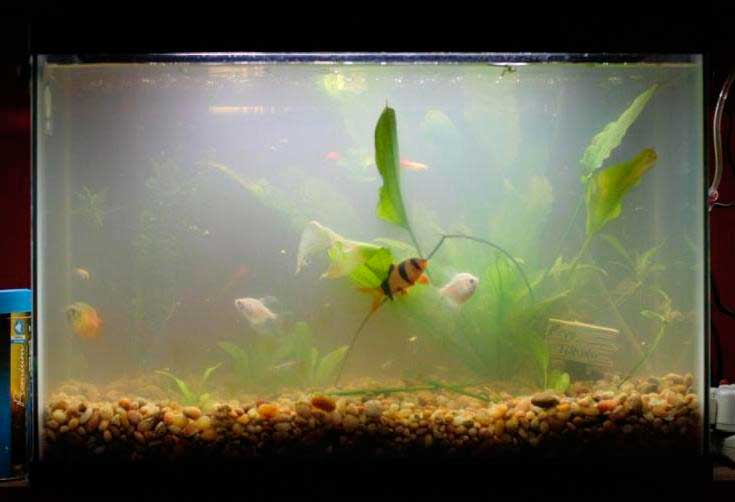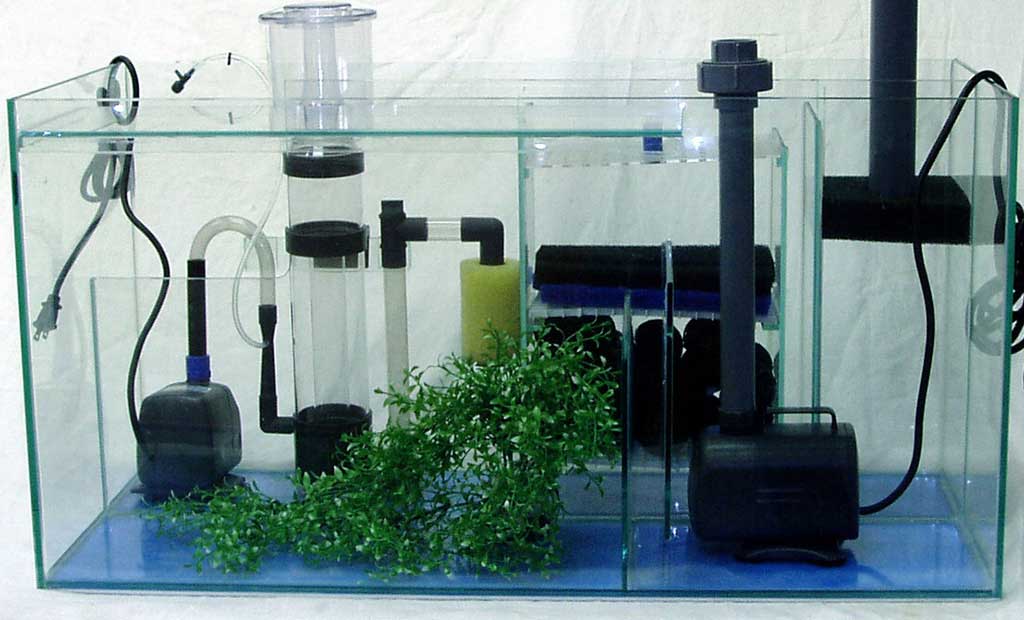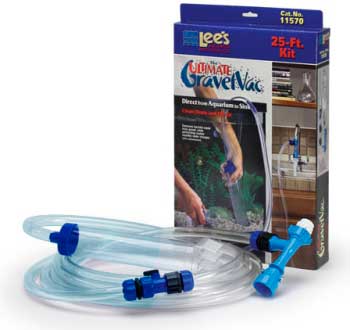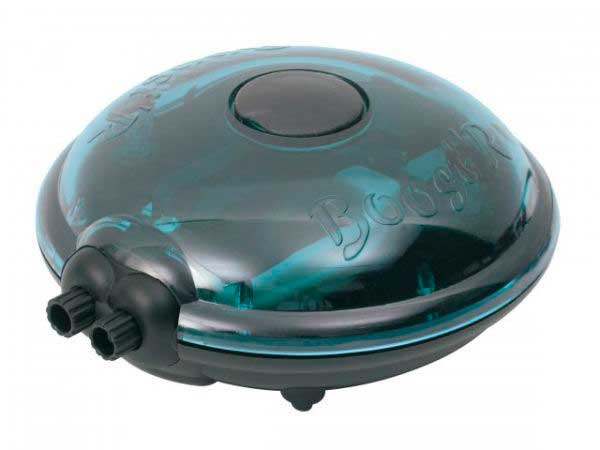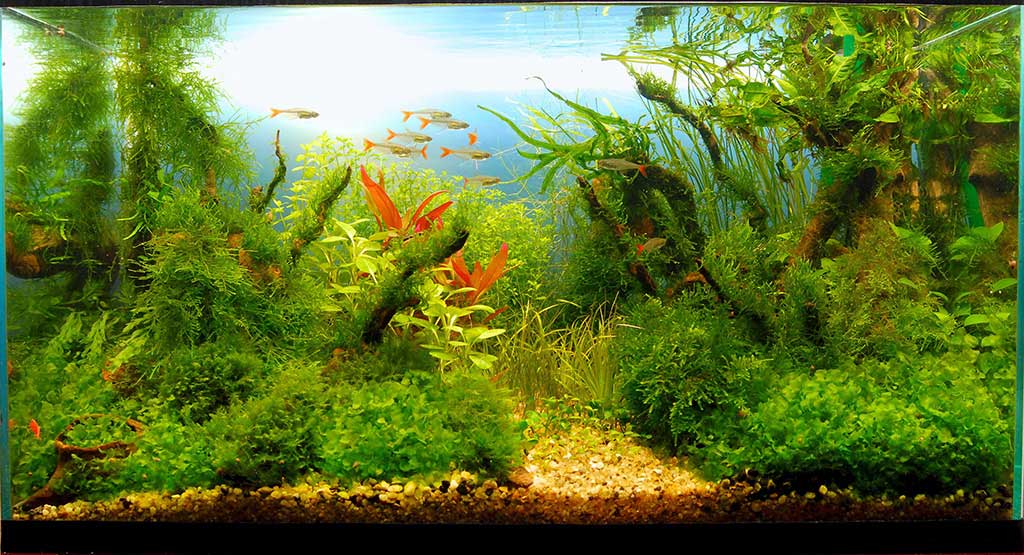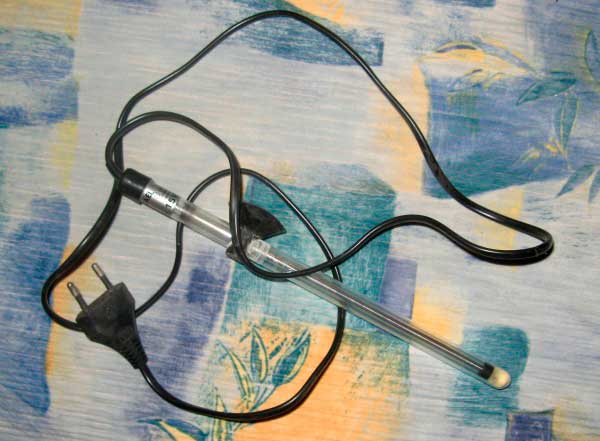Aquarium water filters are indispensable equipment for modern indoor lakes. All public aquariums and almost all indoor aquariums kept by hobbyists are equipped with these devices. The need to equip room lakes with these devices has long been no doubt. But every time you create a new artificial pond there are many questions about the choice of optimal equipment for it. Filters for water in the aquarium differ from each other and by design and purpose and placement. Let’s try to understand the existing variety.
The name of these devices speaks for itself. They are supposed to filter the liquid. In other words, their main purpose in aquaristics is to clean the habitat of your pets. Cleaning from what? Here we can divide all existing devices into three large groups:
- Mechanical
- Biological
- Chemical
Mechanical water filters for aquariums
Mechanical filters are designed to clean water from small mechanical particles – suspended solids formed by poor soil preparation or they can be used to clean the soil before covering the bottom of the future room pond with them. True, for this you need to ensure constant mixing of your chosen substrate for the bottom. If the ground is well washed and there is no turbidity caused by the smallest mechanical particles, the need for mechanical cleaning during the operation of your home lake usually does not arise.
Although in the process of living organisms may appear small solid particles (for example, dead plant parts), but they, firstly, are formed in fairly small quantities, and secondly, they are not stable over time, decompose rather quickly, releasing into the environment decay products. This is where you need the second, the most commonly used type of cleaners that provide biological purification from the products of the inhabitants of your underwater world.
Biological water filters for aquarium water
Biological filters are probably the most important filters for us. Why? This question can be answered quite simply. If mechanical turbidity gets inside the vessel relatively rarely, in small quantities and after that its quantity does not increase (the same can be said about chemical substances such as, for example, antibiotics), then biological pollution is the result of the life activity of your pets.
Nitrates, nitrites, ammonia compounds accumulate in the water in which there are living organisms, constantly. And although this accumulation is relatively slow, over time the concentration of these substances can reach significant values and cause the death of fish.
In the past, there was only one way to reduce the concentration of these substances inside the aquarium – regular replacement of one third of the water. In this ingenious way, the solution of these substances was diluted with fresh clean water, which resulted in a reduction in the concentration of these dangerous substances. The method is simple, but labor-intensive. Therefore, with the accumulation of human knowledge on self-cleaning processes occurring in the wild, it became possible to recreate these processes behind the glass of the aquarium.
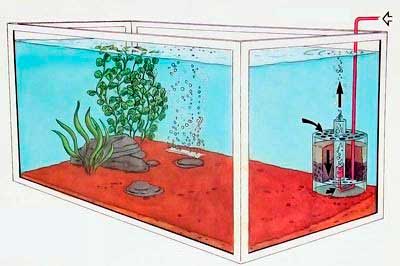
The very first thing that was adopted by aquarists was the creation of conditions inside the artificial water body itself that promote the start of self-cleaning processes. Such biosystems can be created even now. For example, sometimes a silent aquarium can be extremely desirable in a child’s room or bedroom. But such a pond without cleaning devices can provide a normal existence to a fairly small number of fish. If your biosystem is knowingly overpopulated for one reason or another, then you can’t do without a specially equipped biofilter.
The principle of operation of a biological filter
A biological filter, as its name implies, purifies the environment from harmful products of biological objects. This type of device is both simple and complex at the same time.
The fact is that it is nothing but a colony of bacteria processing harmful substances into less dangerous compounds. The simplicity of the device is that it can spontaneously form inside a properly equipped vessel and then we are talking about an established biological balance. Such a biosystem can provide comfortable living conditions for fish for years. But with the emergence of offspring or when hooking up a few more tenants, the biological balance shifts and no one can say with a hundred percent guarantee, whether spontaneously formed spontaneous filter with a new load. If it can not cope, it will be necessary to create a design capable of providing life to useful bacteria. In fact, it is this device that we call a biofilter.
A bacterial biofilter is not the only possible option. In addition to the bacteria that inhabit the aquarium soil, harmful substances are also successfully absorbed by aquatic plants. Sometimes they populate a separate vessel, thus creating an external plant biofilter. Sometimes hydroponics systems are used instead of a vessel herbalist. Plant roots, which are washed with a solution from the aquarium, effectively clean it from various chemicals that go to build plant tissues. As we can see, the biological filter imitates the purification processes that take place in the wilderness.
Chemical filters for water in the aquarium
Chemical filters clean the environment from various chemicals. For example, from antibiotics after fish treatment. The most common filler is activated carbon.
Through all types of devices it is necessary to ensure a water flow recommended capacity of 2 – 3 aquarium volumes per hour.
According to the location of the devices, they can be categorized into:
- Outside
- Internal
Both external and internal are wall-mounted – placed on the vessel wall.
Internal water filters for aquarium water
Internal structures can be bottom (false bottom). They are relatively easy to equip and can be homemade. A plate with holes drilled in it is placed on the bottom. The plate is located at a height of one and a half, two centimeters above the bottom. Washed soil is poured on the plate. One of the corners is equipped with either a “bubble elevator” or place there the suction socket of the pump. These devices provide pumping of water from under the plate, where it gets through the layer of soil poured on the plate.
The soil in this case is also a filtering element. Care and maintenance of these structures require separate consideration. Despite their attractiveness, their use has a number of pitfalls. The main problem is the leaching of nutrients from the soil. That hinders the growth of rooting plants, facilitates the reproduction of algae. Also due to their design features, it is difficult to clean them.
Also quite common, to this day, are devices located at the bottom, which is a separate box filled with fine gravel and sand. The current of the cleaned solution is provided by a “bubble elevator” working from a compressor. Despite the simplicity of these devices, they are quite effective and convenient. Their only drawback is that they do not always fit well into the overall design of the home lake. However, the same can be said about almost all internal filters. This disadvantage is eliminated by placing this equipment behind a thicket of plants or masking it with some decorations.
External water filters for aquarium water
There is a great variety of designs of external filters. As a rule, these are biofilters. The need to create external devices is due to the desire to save the internal space of the aquarium, as well as unwillingness to spoil the view of the underwater world with technical constructions.

Canister filters
The most common external designs are canister filters for aquarium water. They have a number of advantages when equipping the living corners of large containers. They are located more often inside the pedestal under the aquarium. Should have a volume equal to one tenth of the volume of the aquarium, with which they will work. They are usually silent and hidden from view. The disadvantage is the comparative complexity and costliness of these devices.
A variation of canister designs are the so-called sand filters. Their peculiarity is that the water flow is directed in such a way that the sand is always stirred up, thus achieving greater efficiency of the device with smaller dimensions.
Tube filters
There are also tube filters, which are long coiled hoses. The length of the hose can reach twenty meters. This device is designed to create good conditions for the reproduction of anaerobic bacteria completing the cycle of transformation of toxic ammonium compounds. Therefore, this unit is used in conjunction with other designs and is located at the outlet of the composite filter.
Mill wheel
Another type of external filter for aquarium water is the so-called mill wheel. It is a wheel consisting of wide blades on which water falls, causing it to rotate. From the blades it flows back into the vessel. The point of this device is that the blades are relatively quickly populated by bacteria. And the rougher surface of the blades has a larger area, hence more bacteria can settle on them.
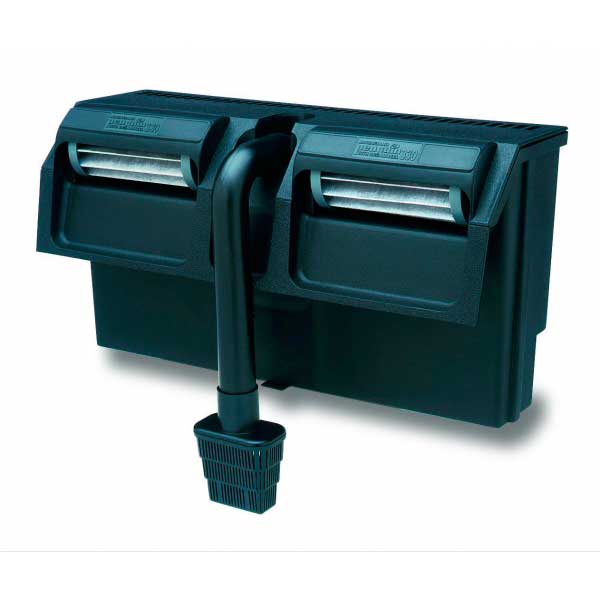
In addition to biological purification, this device aerates the liquid medium quite effectively. The disadvantages of this design are, in my opinion, rather extravagant look of the living corner. Relatively high noise presented by the constant splashing (however, sometimes this can even play into the hands of the designer). Even with a short-term cessation of the flow of liquid on the wheel, it quickly dries up and the bacterial colony dies.
Through any filter, water must flow. Today, this is solved either with a pump or with the already mentioned “bubble elevator”. The pump is generally quieter and more productive. The “bubble elevator” in addition to the movement of water provides its aeration.
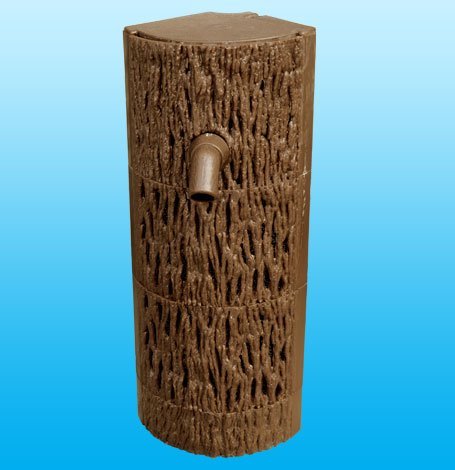
It is not possible to dwell on each of the currently existing devices in more detail within the framework of one article. It will be necessarily done in the future in articles devoted separately to each type of devices. And this review article, I hope, has given you a less clear idea of the variety, which are presented today filters for water in the aquarium.

